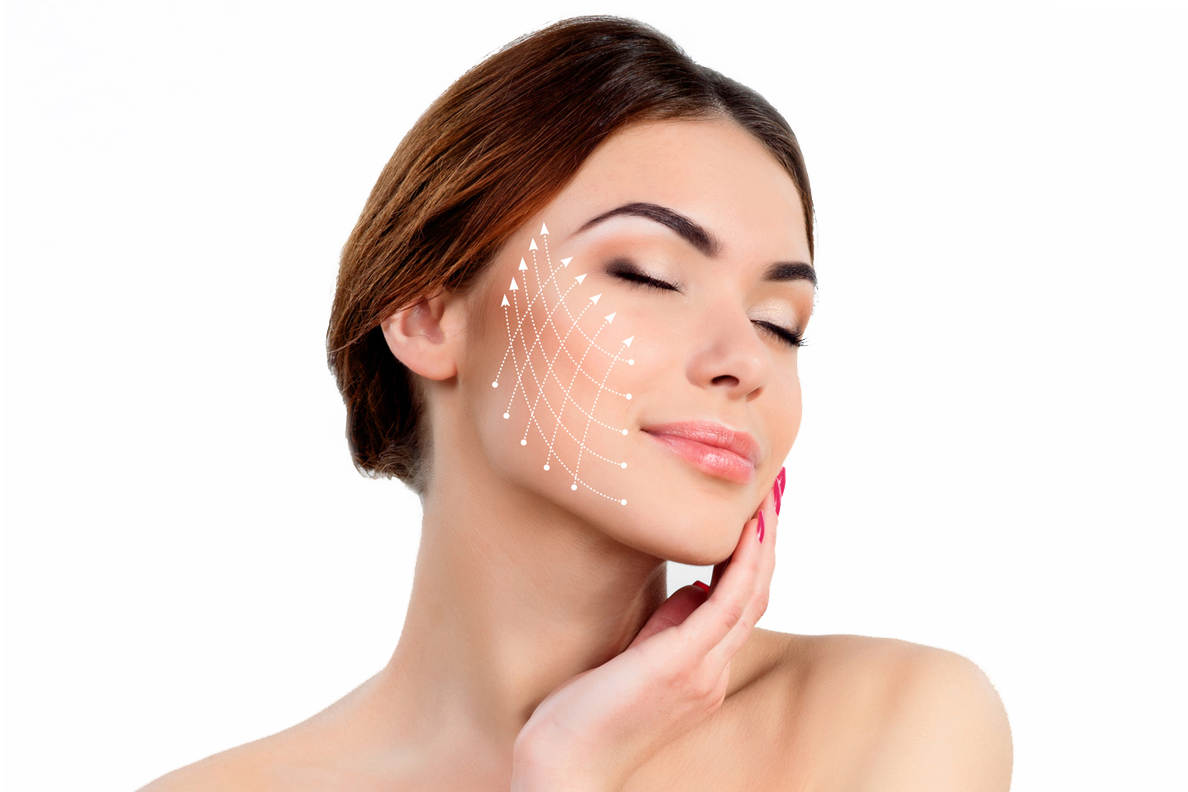If you snore loudly, wake up tired, or feel drowsy during the day despite getting a full night’s sleep, you might be one of the millions dealing with sleep apnea. The only way to know for sure? A sleep apnea test.
Sleep apnea is a serious sleep disorder where breathing repeatedly stops and starts during sleep. It can lead to high blood pressure, heart problems, diabetes, and even stroke. The good news: diagnosing it is simple and effective through testing. This article breaks down what a sleep apnea test is, how it works, and what you can expect.
What Is a Sleep Apnea Test?
A sleep apnea test is a diagnostic tool used to monitor your breathing patterns, oxygen levels, and other vital signs while you sleep. It helps doctors determine whether you have sleep apnea and how severe it is.
There are two main types of tests:
-
Polysomnography (PSG) – A comprehensive, overnight test done in a sleep lab or hospital.
-
Home Sleep Apnea Test (HSAT) – A simplified version that you take home and use in your own bed.
Both types aim to capture data related to apneas (complete pauses in breathing), hypopneas (partial blockages), oxygen desaturation, and sleep disruptions.
Signs You Might Need a Sleep Apnea Test
Many people have sleep apnea and don’t know it. Symptoms often go unnoticed or are mistaken for poor sleep habits. You should talk to a doctor about a sleep apnea test if you experience any of the following:
-
Loud, chronic snoring
-
Gasping or choking during sleep
-
Excessive daytime fatigue or trouble staying awake
-
Morning headaches
-
Difficulty concentrating
-
Irritability or mood swings
-
High blood pressure or heart disease
These symptoms can be subtle or severe. If they persist, it’s time to get tested.
How a Polysomnography Test Works
A polysomnography is the most thorough form of sleep apnea test. It’s done overnight at a specialized sleep center. You’ll sleep in a private room that’s designed to be as comfortable and home-like as possible.
While you sleep, sensors will monitor:
-
Brain waves (EEG)
-
Eye movement
-
Heart rate
-
Breathing patterns
-
Oxygen levels
-
Chest and abdomen movement
-
Limb movement
This full-spectrum data gives sleep specialists a detailed picture of how your body behaves during sleep. It’s especially useful for diagnosing complex cases or ruling out other sleep disorders.
What to Expect with a Home Sleep Apnea Test
If your symptoms point clearly to obstructive sleep apnea (OSA), your doctor may recommend a home sleep apnea test. It’s less expensive and more convenient, though it gathers less information than a lab-based test.
A typical HSAT kit includes:
-
A sensor for your finger to measure blood oxygen
-
A small nasal cannula to track airflow
-
Chest or abdominal belts to monitor movement
You’ll be trained on how to apply the sensors, and you’ll sleep in your own bed. The device records data overnight, and you return it the next day for analysis.
This test works well for most people with suspected OSA but isn’t suitable for those with other medical conditions or atypical symptoms.
Understanding Your Results
After your sleep apnea test, your doctor will review your results and calculate your Apnea-Hypopnea Index (AHI). This number reflects how many times you stop or reduce breathing per hour of sleep:
-
Normal: Fewer than 5 events/hour
-
Mild Sleep Apnea: 5–14 events/hour
-
Moderate: 15–29 events/hour
-
Severe: 30+ events/hour
Treatment depends on the severity. Options include lifestyle changes, continuous positive airway pressure (CPAP), oral appliances, or surgery in rare cases.
Why Early Diagnosis Matters
Untreated sleep apnea can wreck your quality of life and take a toll on your health. It increases the risk of:
-
Heart disease
-
Stroke
-
Type 2 diabetes
-
Depression and anxiety
-
Motor vehicle accidents due to drowsiness
A simple sleep apnea test can be the first step toward better sleep and a longer, healthier life.
What to Expect with a Home Sleep Apnea Test
If your symptoms point clearly to obstructive sleep apnea (OSA), your doctor may recommend a home sleep apnea test. It’s less expensive and more convenient, though it gathers less information than a lab-based test.
A typical HSAT kit includes:
-
A sensor for your finger to measure blood oxygen
-
A small nasal cannula to track airflow
-
Chest or abdominal belts to monitor movement
You’ll be trained on how to apply the sensors, and you’ll sleep in your own bed. The device records data overnight, and you return it the next day for analysis.
This test works well for most people with suspected OSA but isn’t suitable for those with other medical conditions or atypical symptoms.
Final Thoughts
If you’re dealing with poor sleep, constant fatigue, or loud snoring, don’t ignore it. A sleep apnea test is a straightforward, non-invasive way to get answers and start treatment. Whether it’s a full overnight study or a home-based test, the process is worth it. Left untreated, sleep apnea can quietly do damage for years. But with the right diagnosis and care, it’s manageable—and often life-changing.

